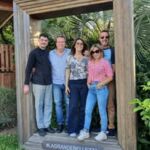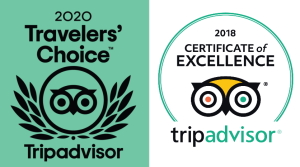Italy’s answer to Champagne?
In the world of sparkling wine, Champagne always seems to garner the most attention. This famous French sparkling wine is perceived as an extremely desirable, prestigious and high-quality product. In fact, the French have marketed their creation so well that the word Champagne is often used interchangeably when people are talking about bottles of bubbly, regardless of how the wine was made and where it comes from. As you become more of a wine geek this becomes a little annoying, and it is clearly wrong!
If you are reading this website you are a wine enthusiast and probably already know that the “traditional method”, or champenoise method, which is used to make Champagne is also employed in many other parts of the world (or appellations) to make high-quality sparkling wine, where the second fermentation is conducted in the final bottle rather than in a tank. Franciacorta is one of these appellations.
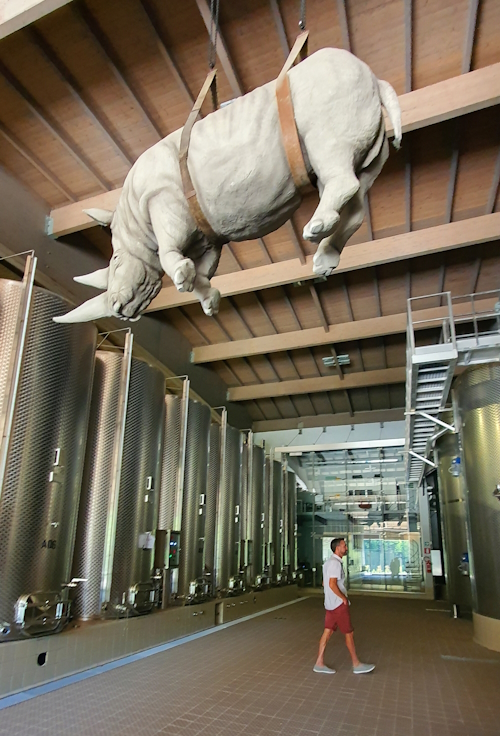
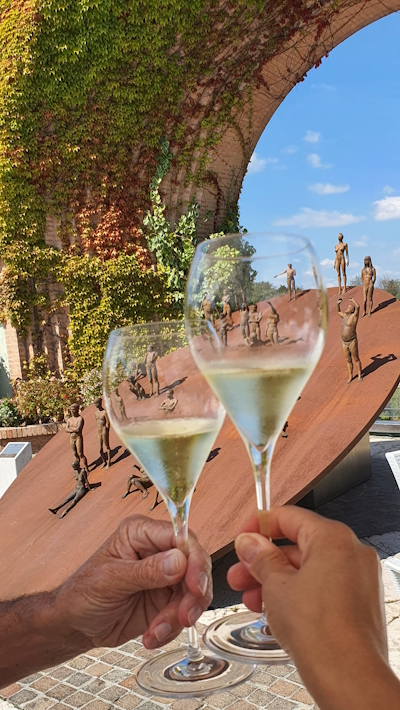
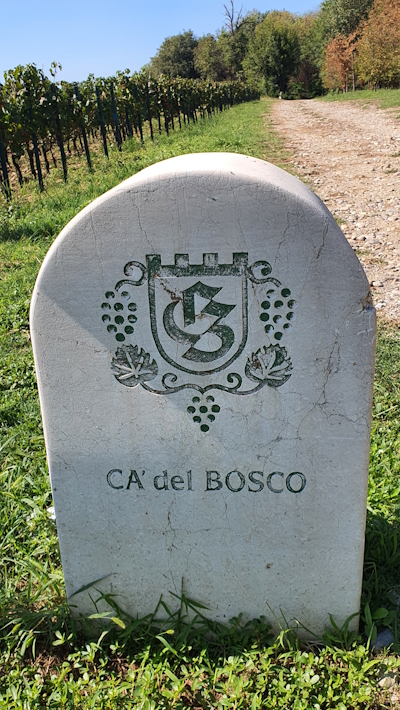
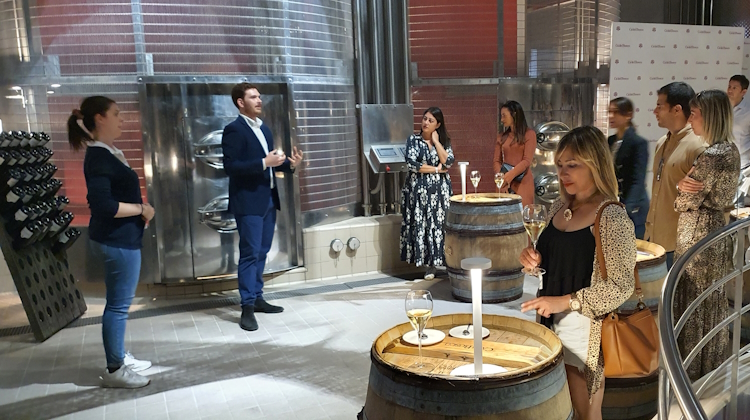
Located just south of the picturesque Iseo Lake, about halfway between Milan and Verona, lies this relatively small, and generally unknown wine region. The fact that only around 15% of annual production goes for export explains why this top-end sparkling is not very well known. There are lots of small towns and a fair amount of industry in this area and at first, it didn’t feel like the other wine regions we had visited on this trip. We had become used to exploring remote countryside (for example in Barolo or Priorat), away from major development, but here you are surrounded by buildings, roads and plenty of people. But, as we found out, drive a little way down the back roads and large wine estates await and the picture is very different.
We visited two prestigious wineries on our two days in Franciacorta, Ca del Bosco and Bellavista. We had absolutely no idea what to expect at our first winery, Ca del Bosco, but we definitely didn’t expect it to be so posh! Arriving at the gate without a reservation would normally be a non-starter but when we explained that we are wine tourism operators the huge doors did open. We were stopped by a series of black-suited, dark sunglassed and very robust men on the way into the winery, very polite but amusingly confirming the stereotype for Italian security. We really felt a bit silly in our small rental car, parking next to the high-end rides in the parking lot.
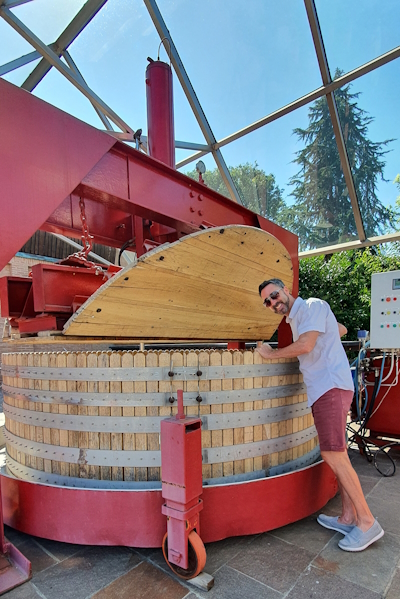
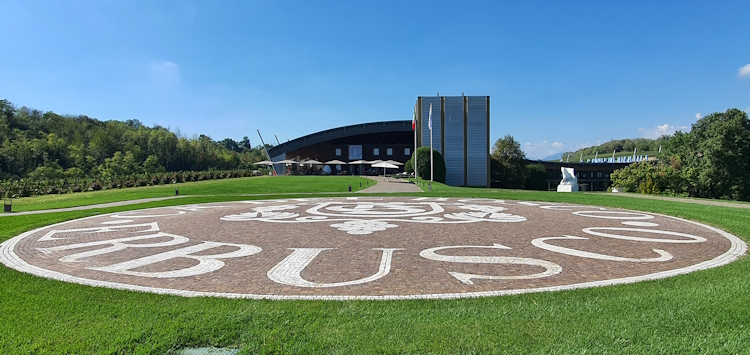
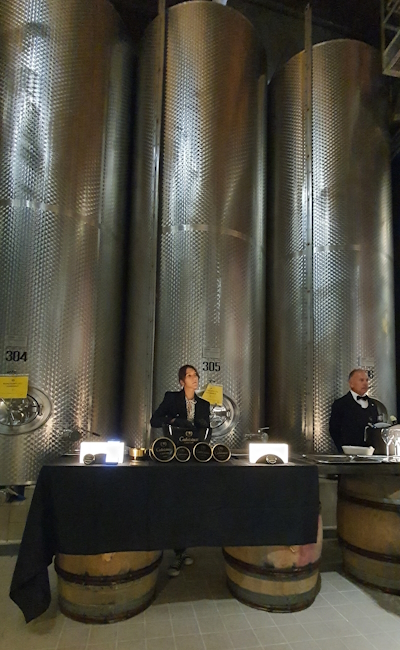

Waking into the modernistic entrance hall you see above cannot fail to be impressed. A lot of money has been spent here that is for sure. After some of the humble wineries we had visited along the way, this one was a little overwhelming. Everything was very swish and well-polished and the tour was very professional, but also a little impersonal. Often wine guides at high-end establishments tend to be a little less intimate, it goes with the territory I suppose, but these places often make up for it with a wow factor!
A tour in Franciacorta would encompass some of these prestigious, heavy hitters plus some of the smaller, family-run places so our guests gain a great understanding of the cross-section of wineries in the region. We try and do this everywhere we design wine tours.
The Quality of Franciacorta
As many of you know, one of the main factors (and there are many) for producing quality, complexity and depth in traditional method sparkling wine is the amount of time it sits on its dead yeast cells in the bottle prior to disgorgement. For Spanish Cava the minimum time is 9 months, for German Sekt and French Champagne, it is 15 months and for Franciacorta, 18 months. Of course, most sparklers spend much more time than the mandated minimum, often 5 or 6 years or even longer, but it is interesting that Franciacorta has the highest minimums.
Bellavista was our second visit on this trip and, while also being very swish and sophisticated, there was a slightly more relaxed vibe with a terrace area for quaffing a few glasses, snacking on a few nibbles while enjoying lounge or bosa nova music and the sunshine. The tour here was very comprehensive and there are some wine presses on show for you to poke around in.
To sum up, this small region is well worth a visit and the wineries are impressive. If you are a fan of sparkling wine you should program this area into a schedule which could also easily include Valpolicella. In fact Verona, the perfect base for visiting Valpolicella, is only an hour’s drive from the Franciacorta wine region, so you could even base yourself there and visit many of the surrounding wine sub-regions. Verona is a simply wonderful place to be, so why wouldn’t you?
